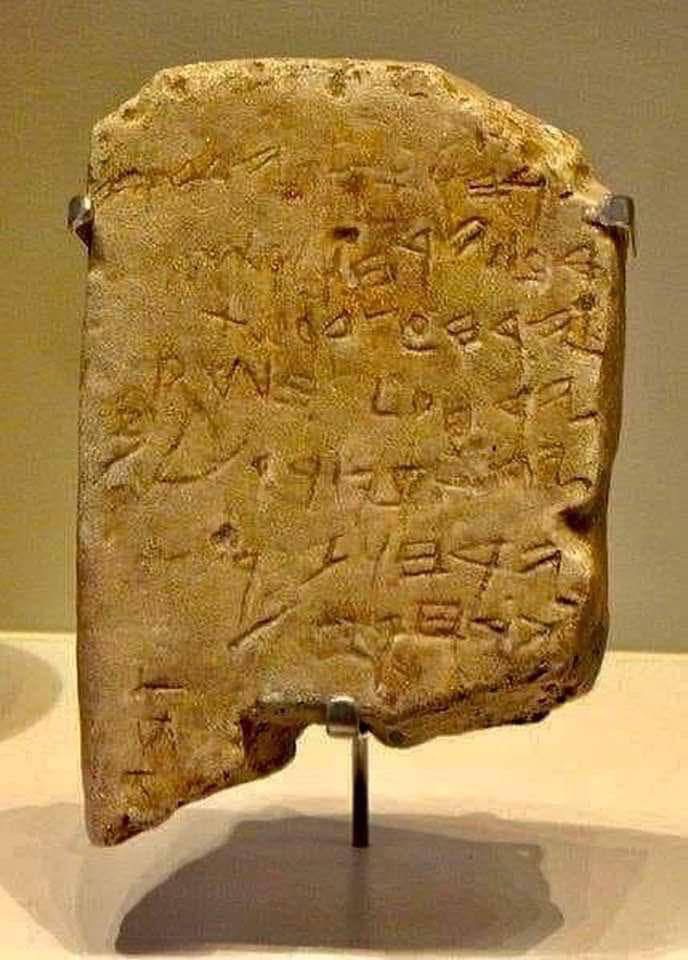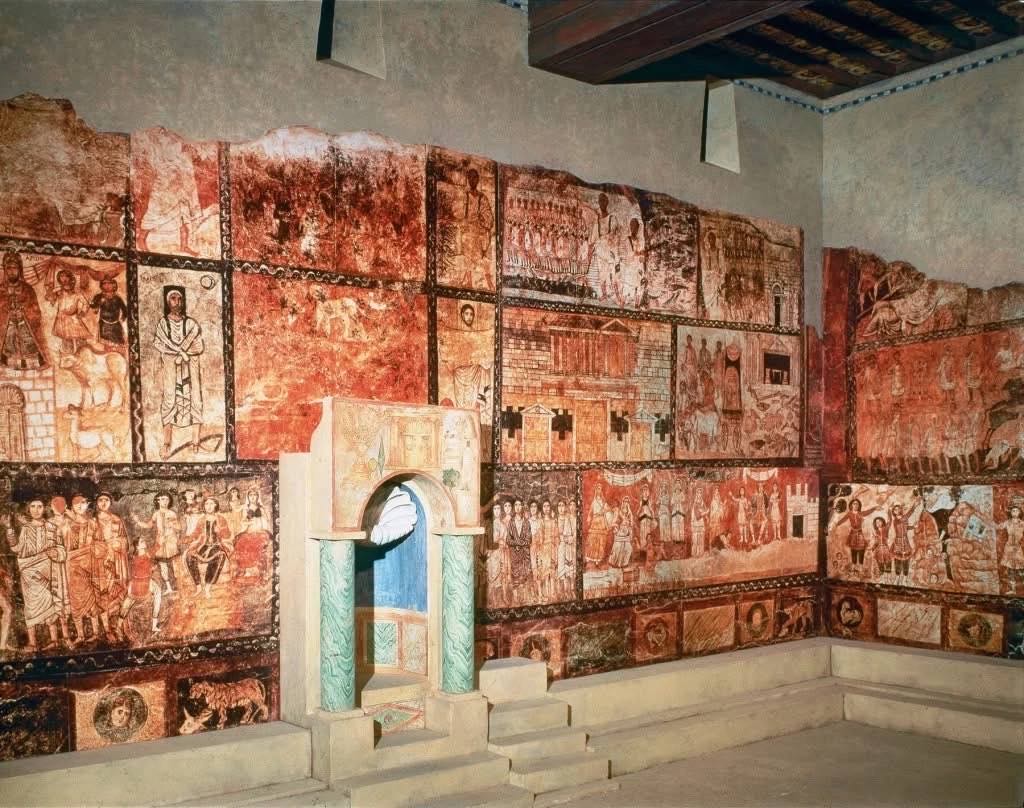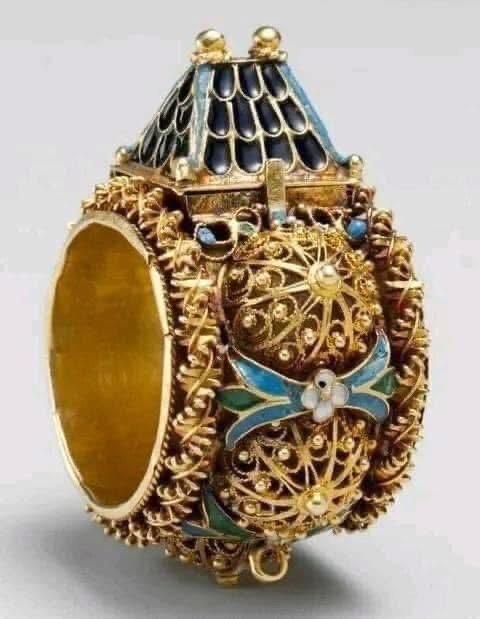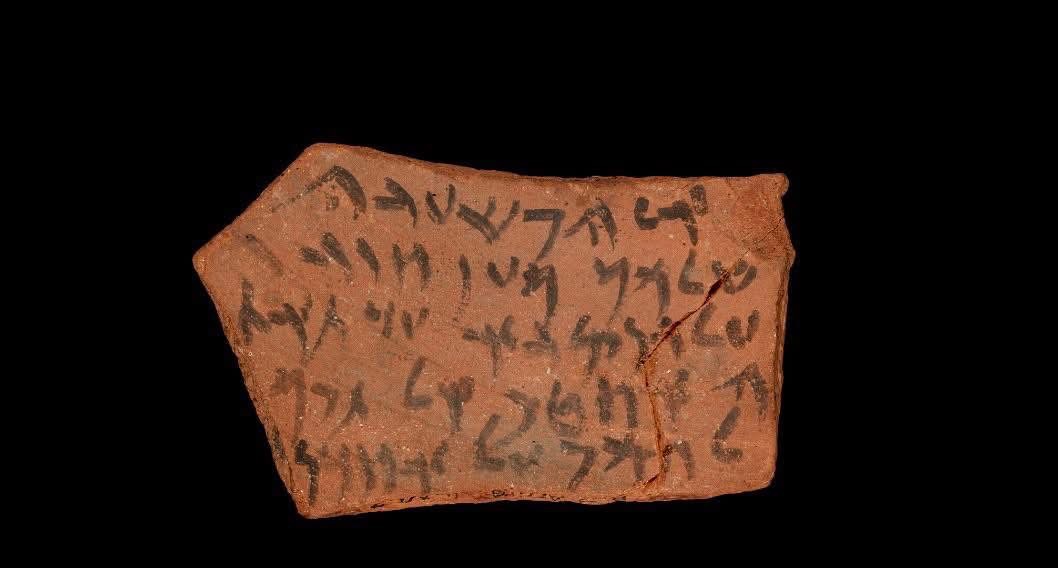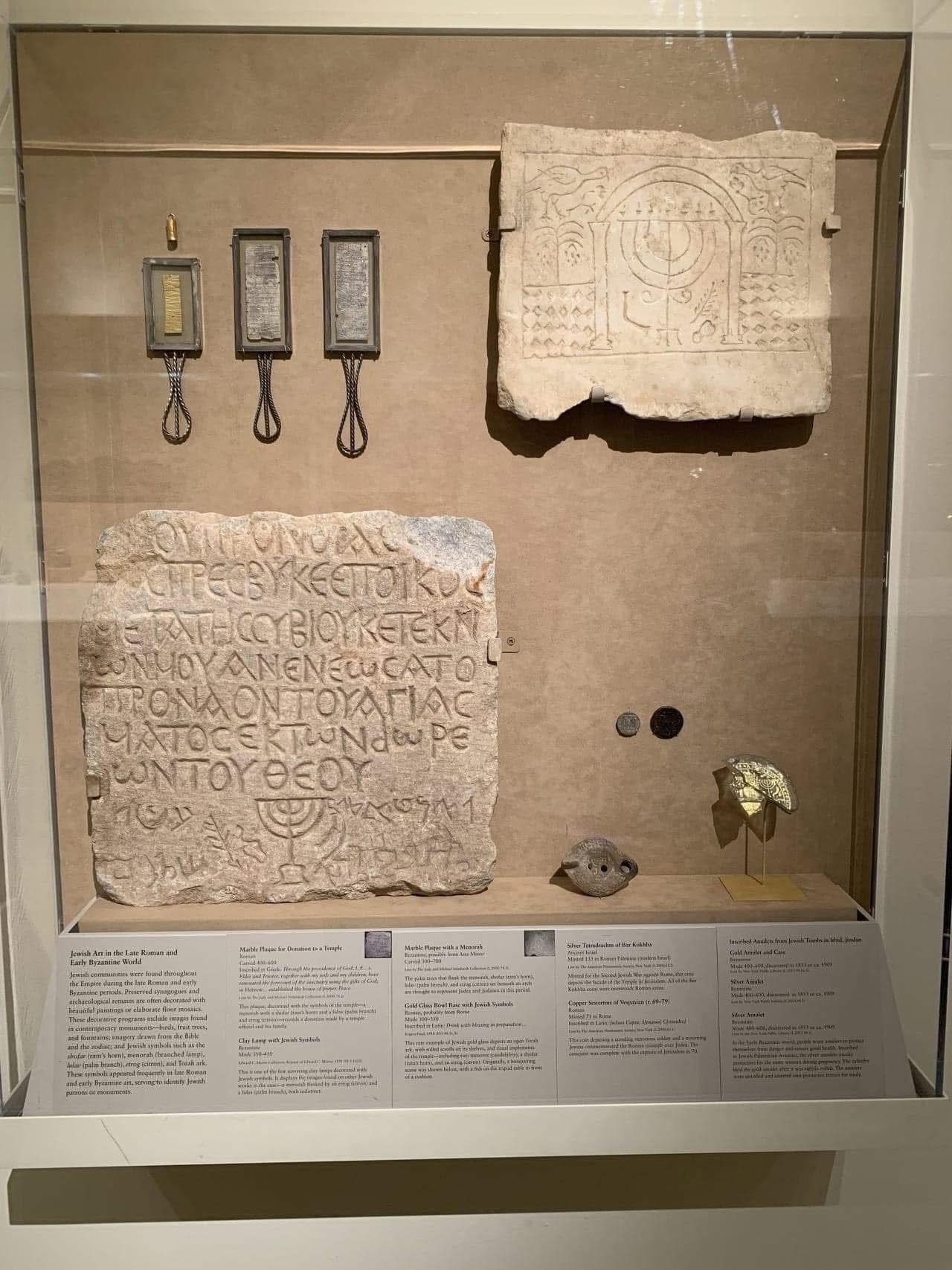The Gezer Calendar of 925 is the oldest inscription in Hebrew. The calendar consists of 8 sentences.
The calendar tells about agricultural activities that take place in one- and two-month periods. Some scholars suggest that this is a student’s exercise in spelling. There is every reason to believe that literacy was already widespread in Israel in the time of the Judges (Judges 8:14). Other experts believe that a popular folk or children’s song is recorded here. It is also believed that the document is somehow related to the collection of taxes from farmers.
Translation:
Products with a two-month delay (September, October)
Two months October (November, December)
Two months of spring products (January, February)
Month, flax cut (March)
Month, barley harvest (April)
One month of the total harvest (May) I
Break for two months (June, July)
One month, summer fruits (August)
The author’s name appears in the lower left corner of the caption.
Istanbul Museum of Archaeology.

